When you get into horse riding, you’ll quickly begin to realize how much there is to learn, and if you want to become a successful and competent rider, you’ll need to become familiar with all the various pieces of equipment required for riding horses.
Among these is the bit, a small but vital piece of kit – and to help you understand everything you need to know, here’s our complete guide to different types of horse bits.
What is a bit?
Let’s start right at the beginning – what is a bit?
A bit is one of the most important elements of horse tack. It is used to communicate with the horse to give it commands and ultimately get the horse to do what you want it to do.
It is attached to the bridle and reins and is fitted to the horse’s mouth. The bit then applies pressure to various parts of the mouth and head to pass your commands to the horse when you pull the reins.
A common misconception is that the bit is merely the piece that goes inside the horse’s mouth, but there are also several other components that make up the bit – so let’s look at that now.
What are the different parts of a bit?
Technically, the “bit” is not just the part that goes in the horse’s mouth – that’s just one part, called the “mouthpiece”. That said, sometimes people use the term “bit” to refer to the mouthpiece alone.
Here are the names of the most important components of the bit:
Mouthpiece
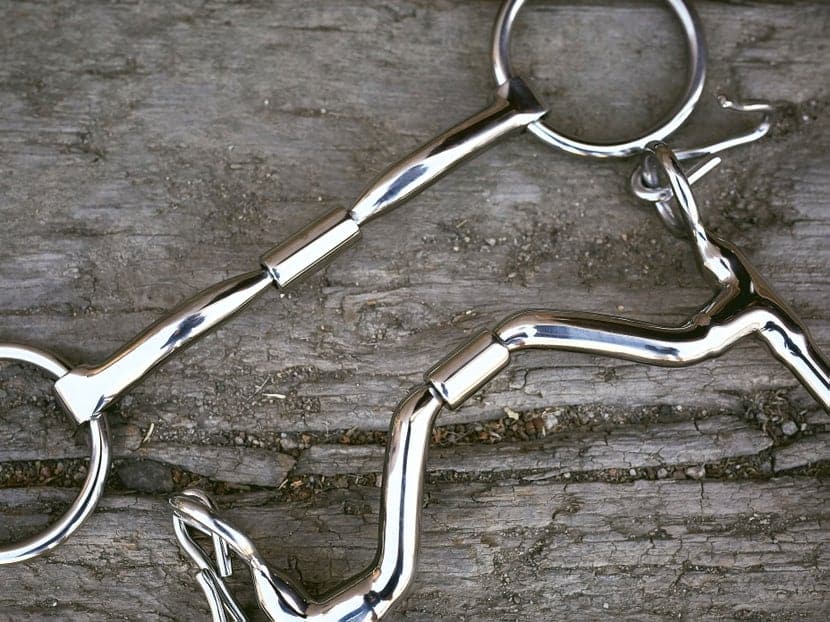
The mouthpiece is the part of the bit that goes inside of the horse’s mouth and rests on the “bar”, the toothless gums inside the horse’s mouth between the incisors and the molars.
Mouthpieces can be solid or broken (i.e. jointed), they can come in several different shapes and they can be made of a range of different materials, although metal is the most common. We’ll look at some of these in more detail in the section on mouthpieces below.
Port

A port is a raised part of the mouthpiece that lifts off the tongue of the horse as the bit is rotated through pressure from the reins. Using a port reduces the pressure on the tongue of the horse and focuses it on the bars.
Some larger ports can touch the roof of the horse’s mouth.
Bit ring
The bit ring is the part attached to the mouthpiece of a snaffle bit that attaches to the reins – we’ll talk more about what a snaffle bit is in just a moment.
There are several possible styles of bit ring. Among the most common are O-rings, D-rings and egg butts.
Shank
One of the defining features of curb bits (again, more on this in just a moment) is the shank. This is the part of the bit that creates leverage, increasing the pressure on the various parts of the horse’s mouth and head when you pull the reins.
The length of the shank affects how severe the bit is. They can also be straight or curved, with curved bits being less severe than straight ones.
Sometimes the whole shank is referred to as the “cheeks”, in which case, the part above the mouthpiece is called the “purchase” and only the part below the mouthpiece is referred to as the “shank”.
Curb chain
Curb chains are found on some – but not all – curb bits. They consist of a chain that passes under the horse’s chin groove to apply additional pressure there when you pull the reins.
Different types of bit
Horse bits come in all shapes and sizes, and there are almost limitless variations. However, almost all bit designs are based on two basic types, the “snaffle” bit and the “curb” (or “leverage”) bit – so now let’s talk about these basic bit types in more detail.
Snaffle bits
The snaffle bit is the traditional style of bit used in English horse disciplines. It is often thought – mistakenly – that a snaffle bit is defined by having a solid mouthpiece, but this is not true. Snaffles can just as easily have mouthpieces with two, three or more sections.
Rather, what defines a snaffle bit is that it is a direct-action bit. This means that when you pull the reins, the pressure you apply is transferred directly to the horse’s mouth.
It also means that the amount of pressure you apply is exactly the same as the horse feels in its mouth.
The other type of bit, which we’ll talk about in a moment, uses leverage to increase the amount of pressure the horse feels, and being either direct-action or using leverage is the fundamental difference between the two types of bit.
The other feature of a snaffle bit is the bit ring, a ring on both ends of the mouthpiece that you use to attach the reins. Common versions include O-rings, D-rings and egg butts.
Another type is the full-cheek bit, which, along with larger versions of the others, can be used for training a horse as well as for ensuring the bit doesn’t get pulled through the horse’s mouth.
As mentioned, the mouthpiece doesn’t have to be solid. It can also have breaks in the mouthpiece, affecting the severity of the bit and the sensation the horse feels when you pull the reins. We’ll talk more about variations in mouthpieces in the section below.
Curb bits
The second major category of bits is curb bits, also known as leverage bits, and as we just mentioned, they are defined by the fact that they use leverage to apply extra pressure to the horse’s mouth and head. They are the most common type of bit used for western disciplines.
To look at, the most obvious feature of a curb bit is the shank, which is the part that creates the leverage.
One of the key considerations when using a curb bit is the length of the shank, both above and below the mouthpiece, since this affects the severity of the bit as well as how quickly it responds.
Longer shanks produce more leverage and so are more severe than shorter shanks, but shorter shanks are quicker acting.
Another important feature to note is the shape of the shank. Curb shanks can be straight or have gentle or acute sweep – and other specialist configurations also exist.
Like the length, the shape also affects the response time, with straight shanks being quicker acting than curved shanks.
As mentioned above, curb bits may also include a curb chain that fits under the horse’s chin groove, but not all curb bits have this.
Mouthpiece designs
Now we understand the two basic types of bit, now let’s say a few words about mouthpieces.
Different types of mouthpiece can be used in conjunction with both types of bit, and the choice of mouthpiece is determined by several factors, including the riding discipline, the rider’s experience level and preference and the horse’s experience level and preference.
Both snaffle bits and curb bits can be paired with solid or broken mouthpieces.
Straight, solid mouthpieces place pressure on the bar and the tongue of the horse while those with one joint in the middle place less pressure on the tongue. However, mouthpieces with joints create a so-called “nutcracker” effect, squeezing the sides of the horse’s mouth.
A mouthpiece that includes two or more joints will spread the pressure more evenly over the horse’s bars, tongue and lips.
What’s known as a “Mullen mouth” mouthpiece consists of a solid, curved bar. This kind of mouthpiece is less severe than a straight one since it applies less pressure to the bars.
The diameter also affects the severity of the mouthpiece, and having twists in the mouthpiece also increases the severity.
Mouthpiece materials
As well as the design of the mouthpiece, the material it is made of is also important.
Ancient bits were made of rope, wood or bone, but nowadays, most of them are made of metal. However, bits made of plastic and rubber also exist.
Since around the 1940s, stainless steel has been one of the most popular materials for bits. This is due to the desirable properties of this metal that include strength and rust resistance. Stainless-steel mouthpieces are also attractive and popular in competition.
Another common choice is “sweet iron”. This is because the taste is pleasant for horses and it encourages salivation, which softens the mouth and relaxes the jaw, making it more comfortable for the horse and encouraging the horse to be more compliant.
Similarly, copper is sometimes also incorporated into the mouthpiece for similar reasons. “Roller bits” are bits that include a piece of metal for the horse’s tongue to play with to encourage salivation – and this component is often made of copper.
Rubber and plastic bits are less common. They are designed to be gentler on the horse, but in some cases, they can cause a horse to become unresponsive since a horse with a bit made of these materials may stop responding to commands.
Variations and specialist bits
Other than simple snaffle and curb bits combined with different types of mouthpiece, there are also several other types of specialist bit that combine elements of both. Here are some of the most common:
Kimblewick bit
Also known as the Kimberwicke, this type of bit combines elements of both snaffles and curbs. It features D-shaped rings but also includes shanks that provide a certain amount of leverage. For this reason, it is properly considered a type of curb bit.
Pelham bit
Like the Kimblewick, the Pelham bit also incorporates elements of both snaffle and curb bits. It is used with double reins, one set of snaffle reins and one set of curb reins.
Because this type of bit has a shank and uses leverage, it is considered a type of curb bit. However, it also has bit rings on either side of the mouthpiece like a snaffle bit.
Double bridle
A double bridle, also known as a bradoon, is a type of bridle with two bits, one snaffle and one curb.
Gag bit
The dramatic-sounding gag bit is one of the most severe designs of bit and is characterized by the cheekpiece (the part of the bridle that goes over the horse’s cheeks) and the reins being attached to different rings.
Gag bits apply pressure to the lips and poll (the top of the horse’s head between the ears) and are often used for retraining horses. They are also used in situations where a horse may become excited and needs to be kept under firm control.
Since this type of configuration creates leverage, gag bits are considered a type of curb bit. Different versions include the gag snaffle, the Dutch gag and the American gag – also known as the elevator.
How to choose a bit for your horse?
Choosing the right bit is not always a simple task, and you can never know in advance which the best bit will turn out to be.
This is because riders all have their own preferences, and different horses respond better to some types of bit than others – and for this reason, there will always be a certain amount of trial and error before you find the best option for both horse and rider.
Furthermore, the choice of bit will also be determined by the type of riding – for example, a gag bit is common for polo since it prevents the horse from running off if it gets excited, but this type of bit is not allowed in many forms of competition riding.
Generally speaking, novice riders and younger, less-experienced horses usually do better with moderate bits. This is because a new rider probably won’t have the skills to use a more severe bit properly, and strong movements may startle or even harm a horse.
Similarly, a young horse may not be used to the sensation caused by pressure from a severe bit, and this may cause pain or fear.
Overall, the best advice is to seek advice from trainers or advanced riders who can advise you on the best bit to use. However, also bear in mind that using a bit that doesn’t suit the horse or rider can make riding difficult – and just trying a different bit can make a world of difference.
A deceptively complex topic
So as you can see, horse bits is a deceptively complex topic, and the variations and combinations in use are almost limitless.
However, the topic can also be made relatively simple since practically all bits can be categorized as either snaffle or curb bits, and after that, it’s just a question of learning about the different types that are possible.
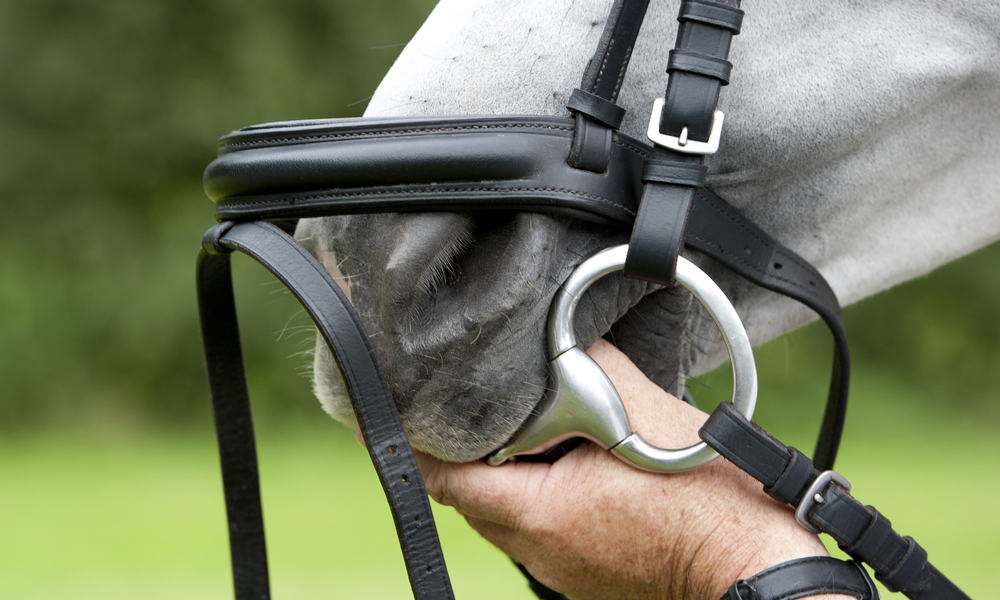
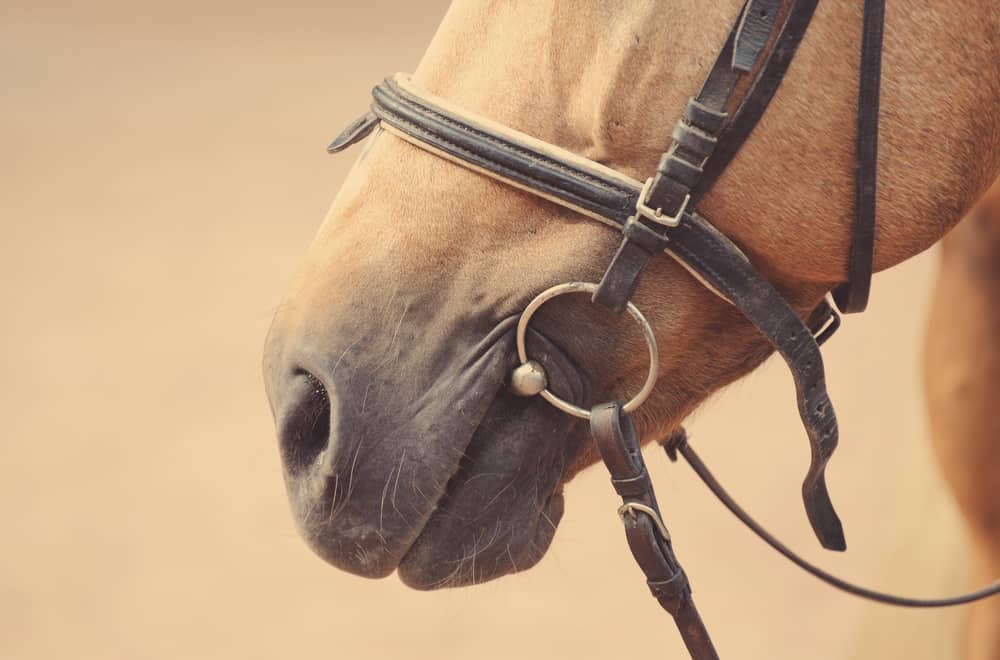
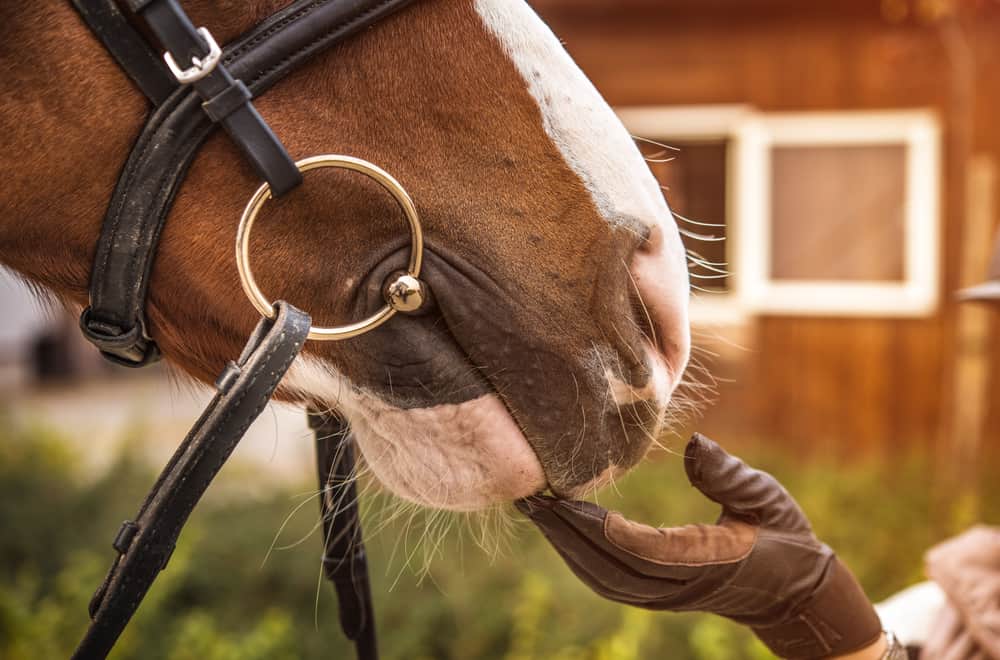
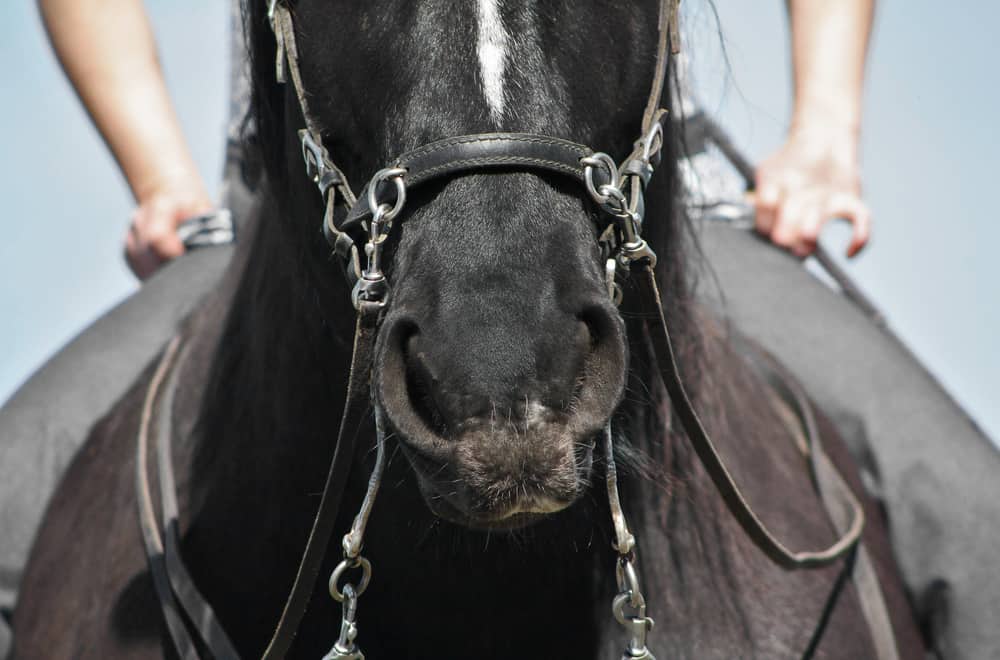
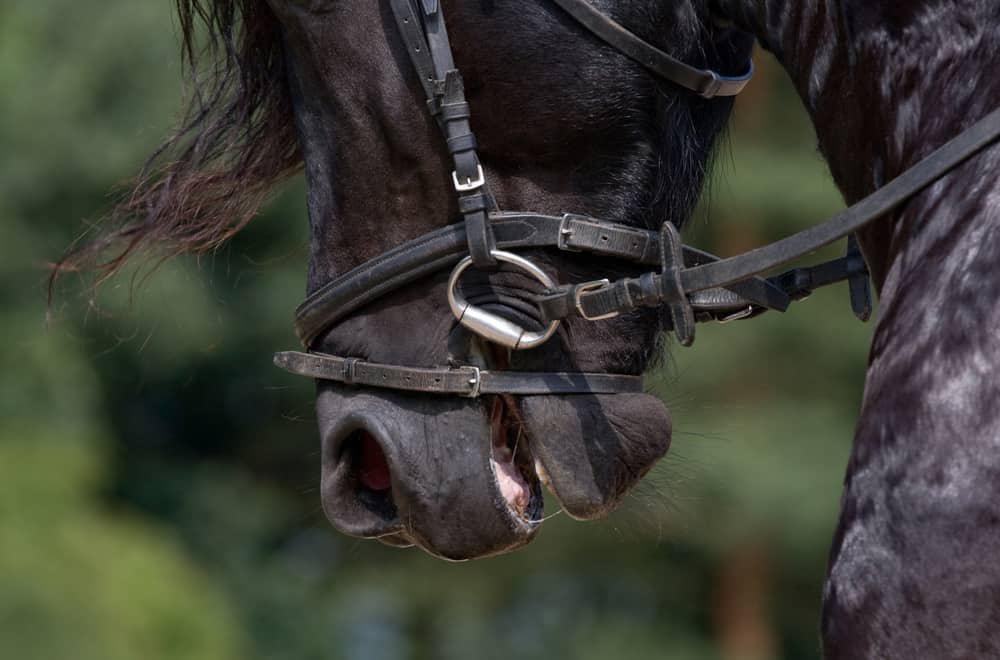
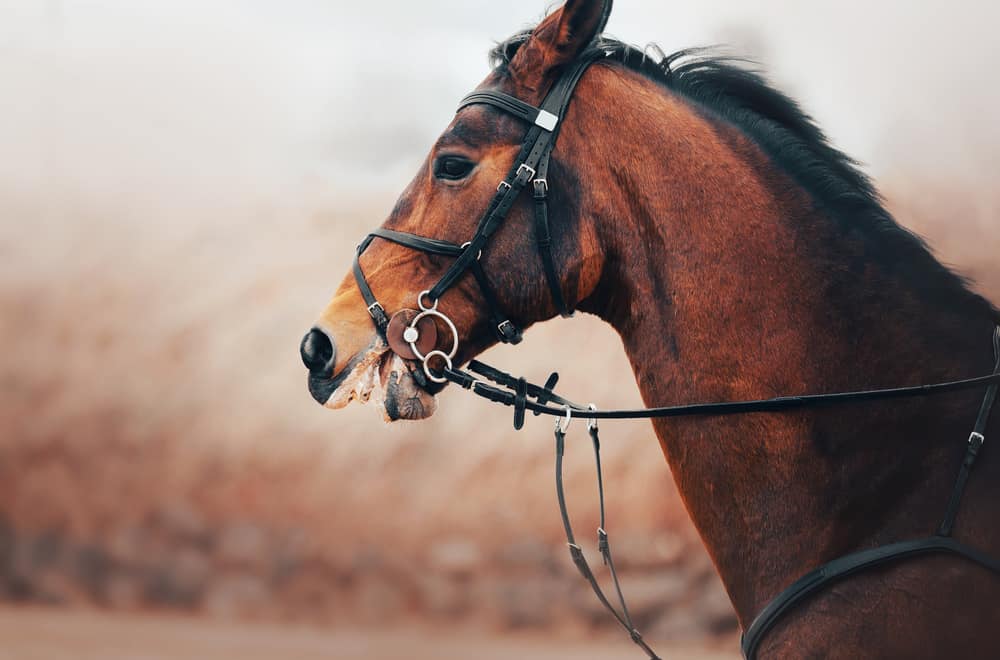
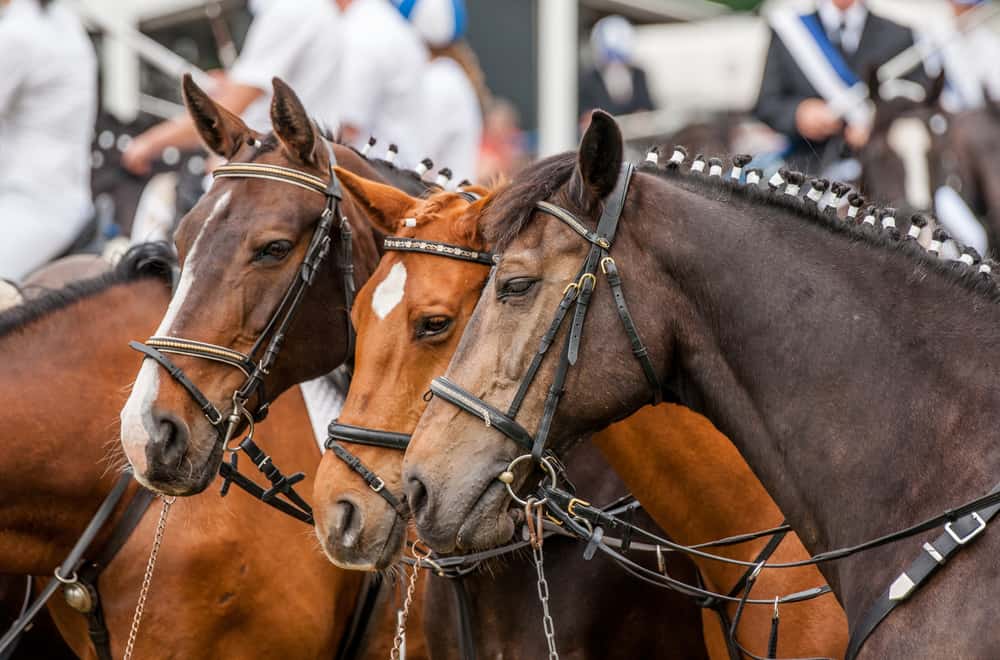
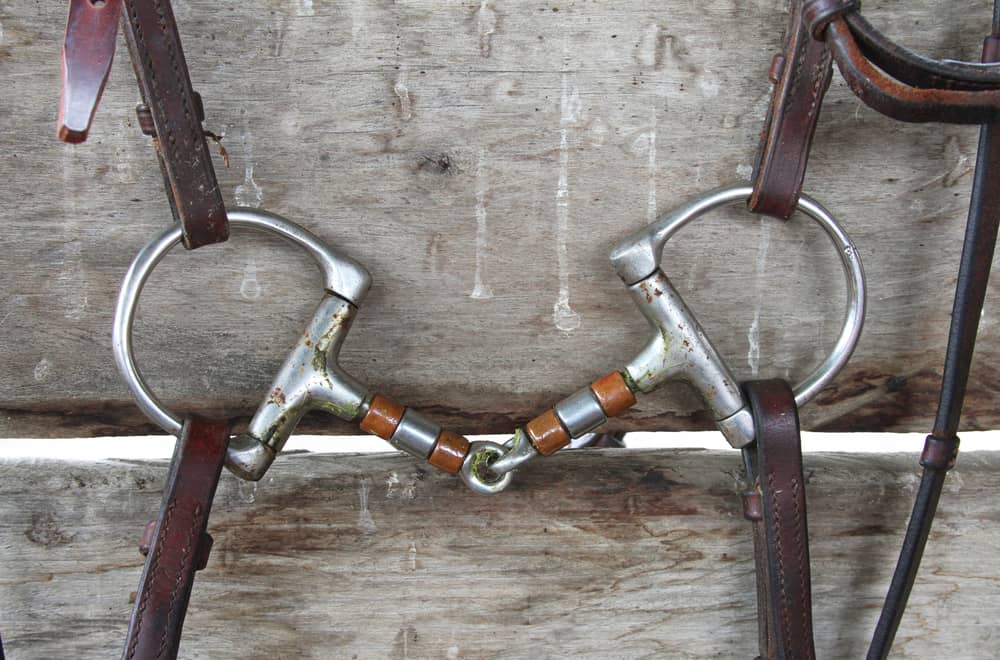
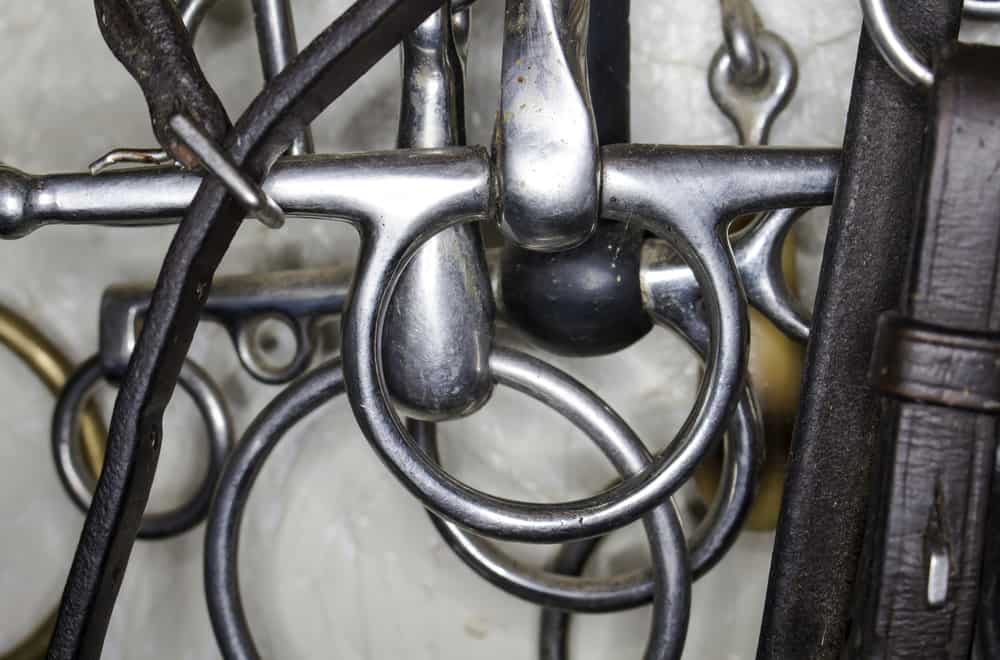
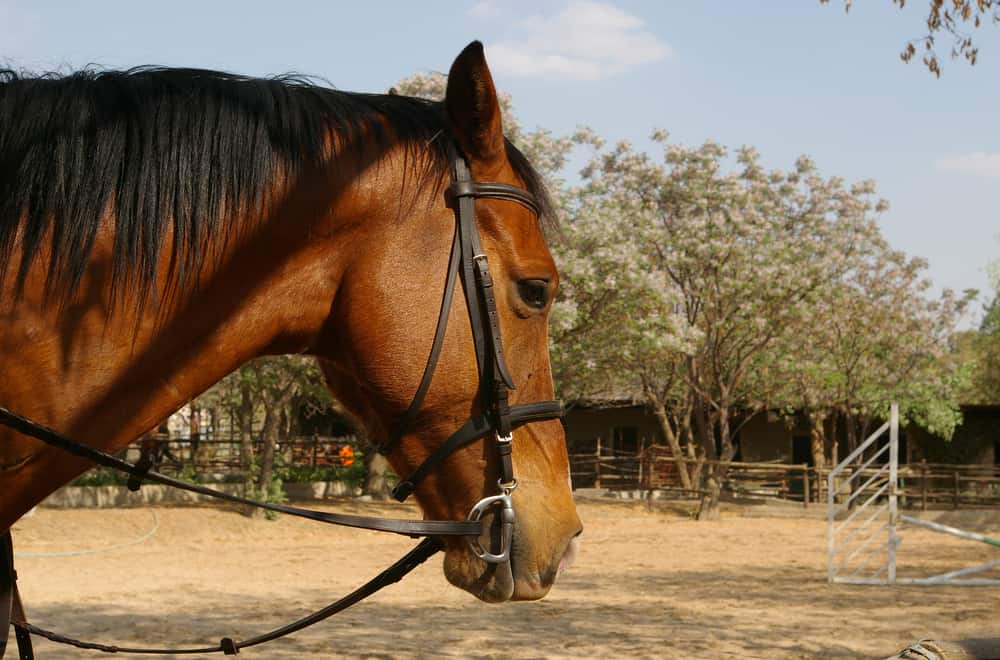
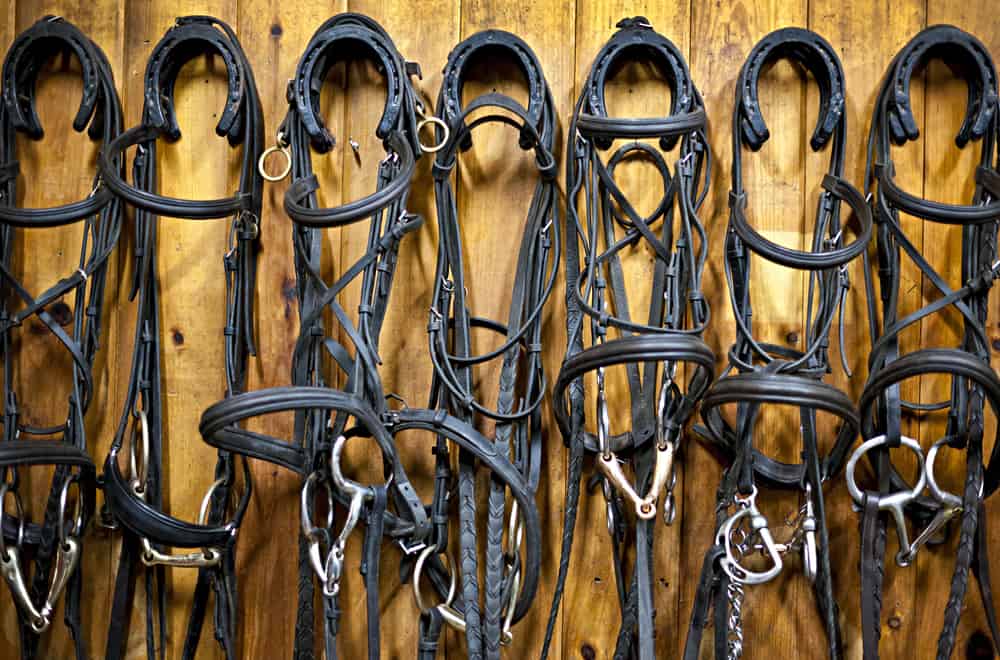







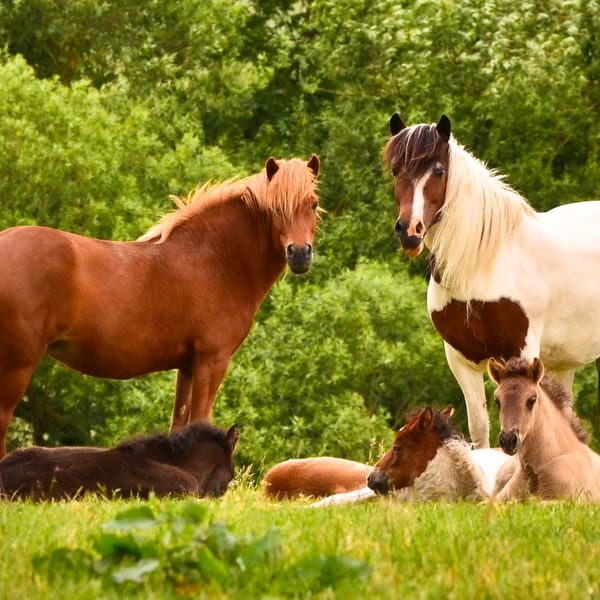
Thank you for your helpful sharing. I’ll use the information to choose a suitable bit for my horse.
Which one for comfortable for the horse and control for the ridet
Thanks for discussing the types of horse bits – so informative!